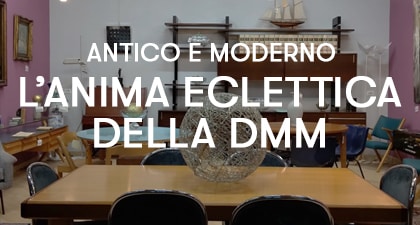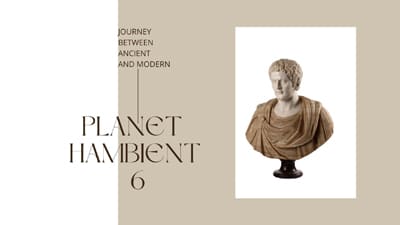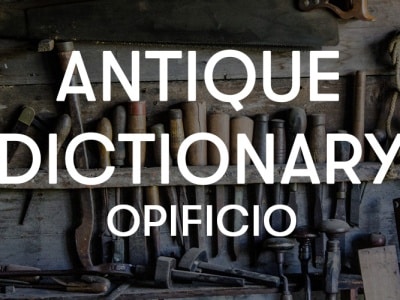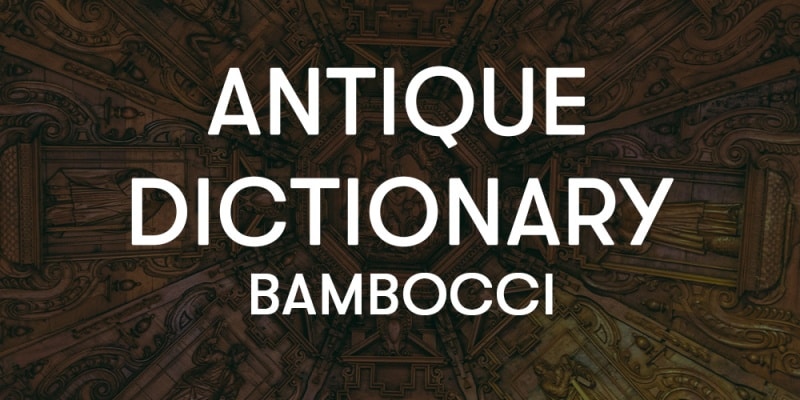
Today’s word is: dolls. Let’s find out what it is and how it was used in antiquity. Finally, an example to better understand the “doll” decoration.
What are dolls?
The term “a bambocci” indicates a particular decoration of furniture. It is an all-round carving depicting human figures, whole or half bust. It was introduced in Genoa at the end of the sixteenth century and remained in vogue throughout the seventeenth century. It also spreads to the rest of Italy, particularly in Lucca.
Where is the “doll” carving used?
The “doll” decoration has been widely used over the centuries. The most represented figures were naked children; And it is precisely from here, in fact, that the name derives.
The decoration is used to adorn the edges of any type of furniture. It is easily found on jambs, double-bodied studios and chests of drawers. It can also be found on other types of furniture, although rarely. For example, the carving could be half-length, on the front and sides as a drawer tie rod or as a caryatid that supports the upper floor of the cabinet.
An example
If it seems difficult to imagine a “doll” decoration, fortunately for you, it’s time to see an example. In our antique warehouse, today, it has been more difficult than usual to find furniture with this type of ornament. After careful research we found a Renaissance cabinet of the seventeenth century.
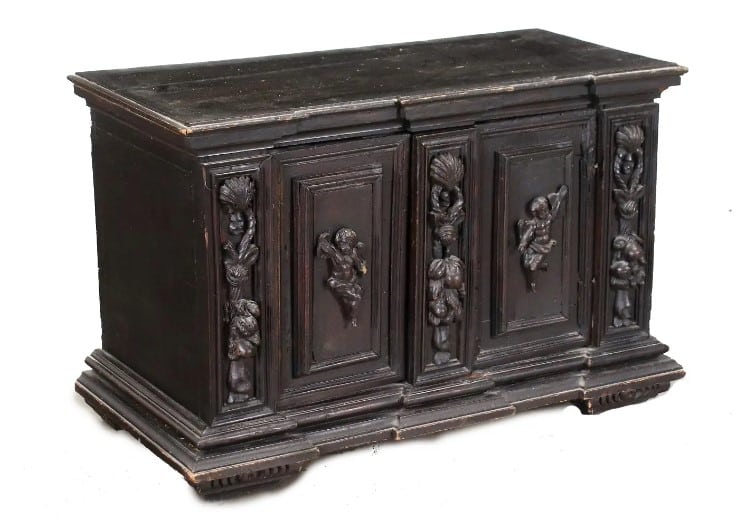
The two doors of the cabinet are decorated with frames and “dolls“; these are alternated with pilasters, carved in turn with ribbon festoons and fruits.

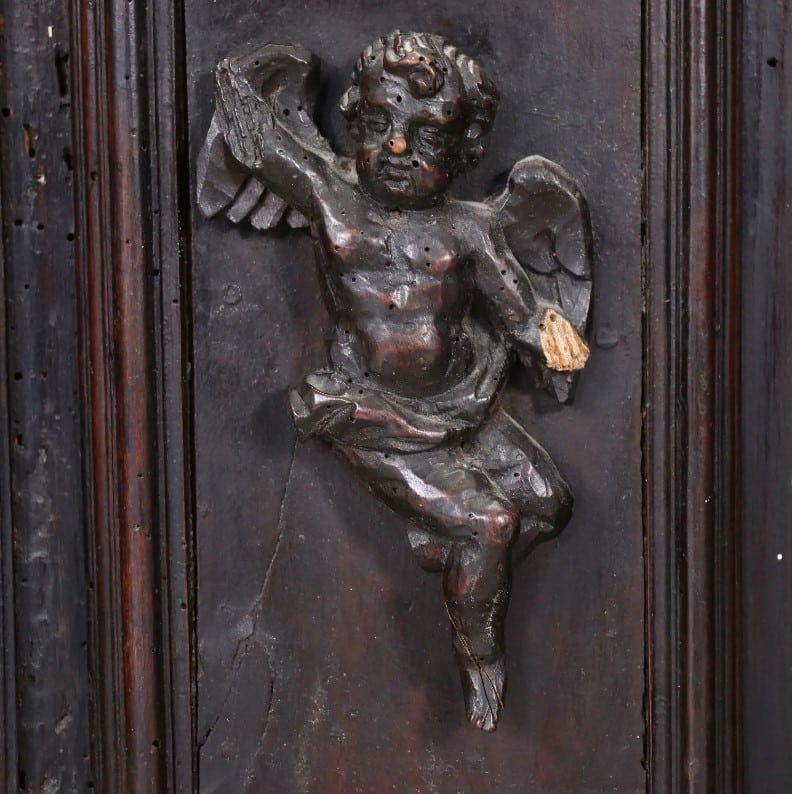
If you want to see this cabinet live, you just have to come and visit us in our shops and in the warehouse in Cambiago. We are waiting for you!


